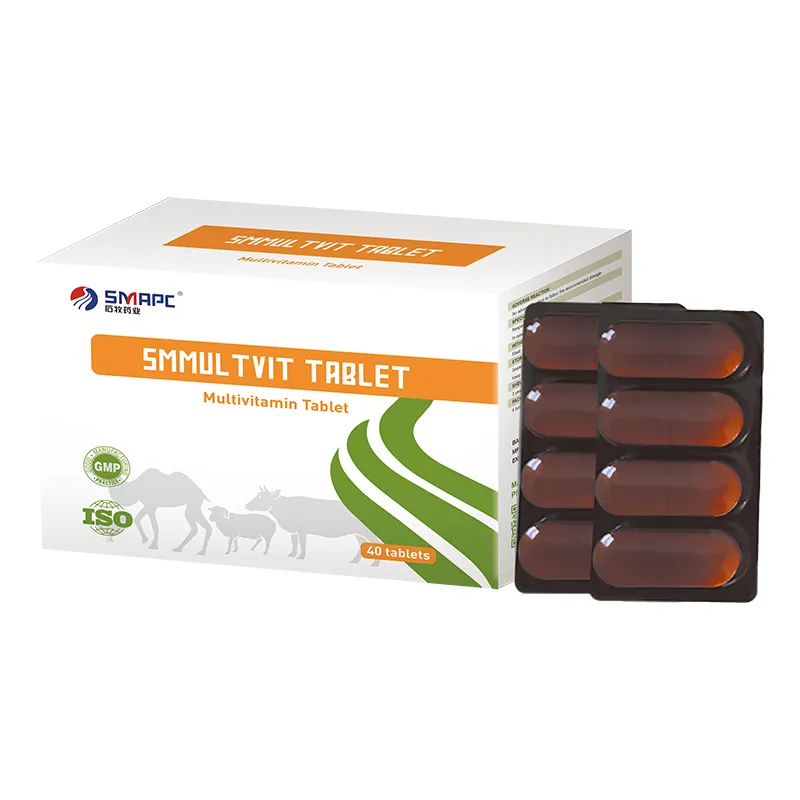Pain killer injections, primarily non-steroidal anti-inflammatory drugs (NSAIDs), are widely used in treating acute and chronic pain in cows. Common medications such as flunixin meglumine and ketoprofen not only alleviate pain but also reduce inflammation, allowing cows to recover more quickly from surgery and other health challenges. These injections are typically administered by licensed veterinarians, who assess the type and severity of pain and determine the appropriate dosage based on the cow's weight and health condition.
pain killer injection for cow





